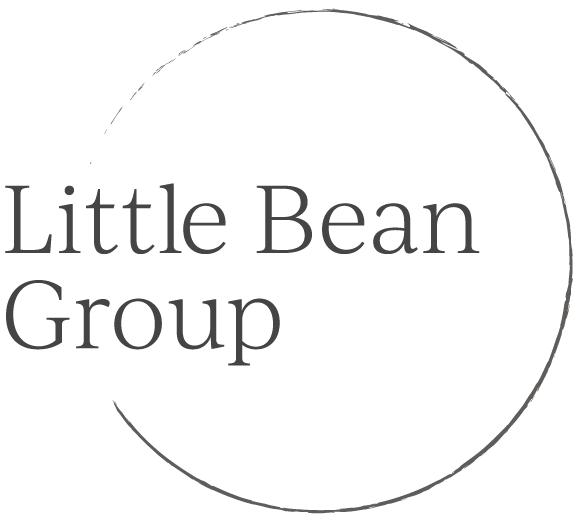I’ve written previously about high-impact summer activities. These quiet months are ideal for tackling time-intensive tasks before the pace picks up in the fall. Also, with June 30 marking either the end or half-way point of your fiscal year, now is a natural moment to take stock.
As I noted at the beginning of this year, the organizations that will survive and even thrive during tough times are those that continue to engage with their supporters. With this in mind, I think summer is an ideal time to dig deep into donor data. Increased information leads to more tailored plans for outreach and stewardship, increased retention, and deeper connection.
What does this mean in practice? It means looking at every gift received during the first six months of the year and using that information to build strategy. While it may seem daunting, this is time well spent that will pay dividends during the second half of the year. Here is how I recommend systematically approaching this process:
1. Look at New, Increased, and Decreased Gifts
After pulling your data, examine three important cohorts: new gifts, donors who have increased their giving, and donors who have decreased their giving. Work to create outreach and engagement strategies for each of these groups. Reaching out to thank those who made new gifts or increased, and understand what motivated them to give this year, will energize you and provide valuable information. Talking with donors who decreased their gifts will yield insights as well. Are there any creative retention tactics that you can employ?
Once you have reviewed those donors, look at those donors who gave in the prior fiscal year but haven’t yet given this year (known at LYBUNT). These donors are your top targets for outreach and engagement.
I typically create spreadsheets with multiple tabs–new, increased, decreased, and haven’t yet given. I keep track of my outreach attempts and record any relevant notes. I then copy/paste this information into the database. Having it all in front of me in the spreadsheet helps me to stay organized and focused.
2. Examine Your Major Gift Pipeline, With An Eye Toward Growth
Next, revisit your major gift pipeline. Hopefully, you already have solid stewardship plans in place for your most critical supporters, and midway through the year is an excellent time to assess where they are, check in, and adjust your approach if necessary.
This summer, take an opportunity to look closely at supporters giving near your major gift level, and others showing signs of deep engagement that indicate they could be excellent major gift prospects (e.g. increased volunteer involvement). Reach out and take time to learn their stories and their reasons for getting involved with your work.
3. Break Down the Work
When you’re done examining your data, you’ll have a long, and perhaps formidable, list of donors in need of personal outreach. However, you can break it down into a manageable load. If there are 500 people, over 20 business days you need to reach 25 people per day. It sounds like a huge amount of work, but once you get into a groove, you can quickly make calls. Personal outreach like this is always a good use of your time, and it will help you stand out from the crowd with your supporters.
